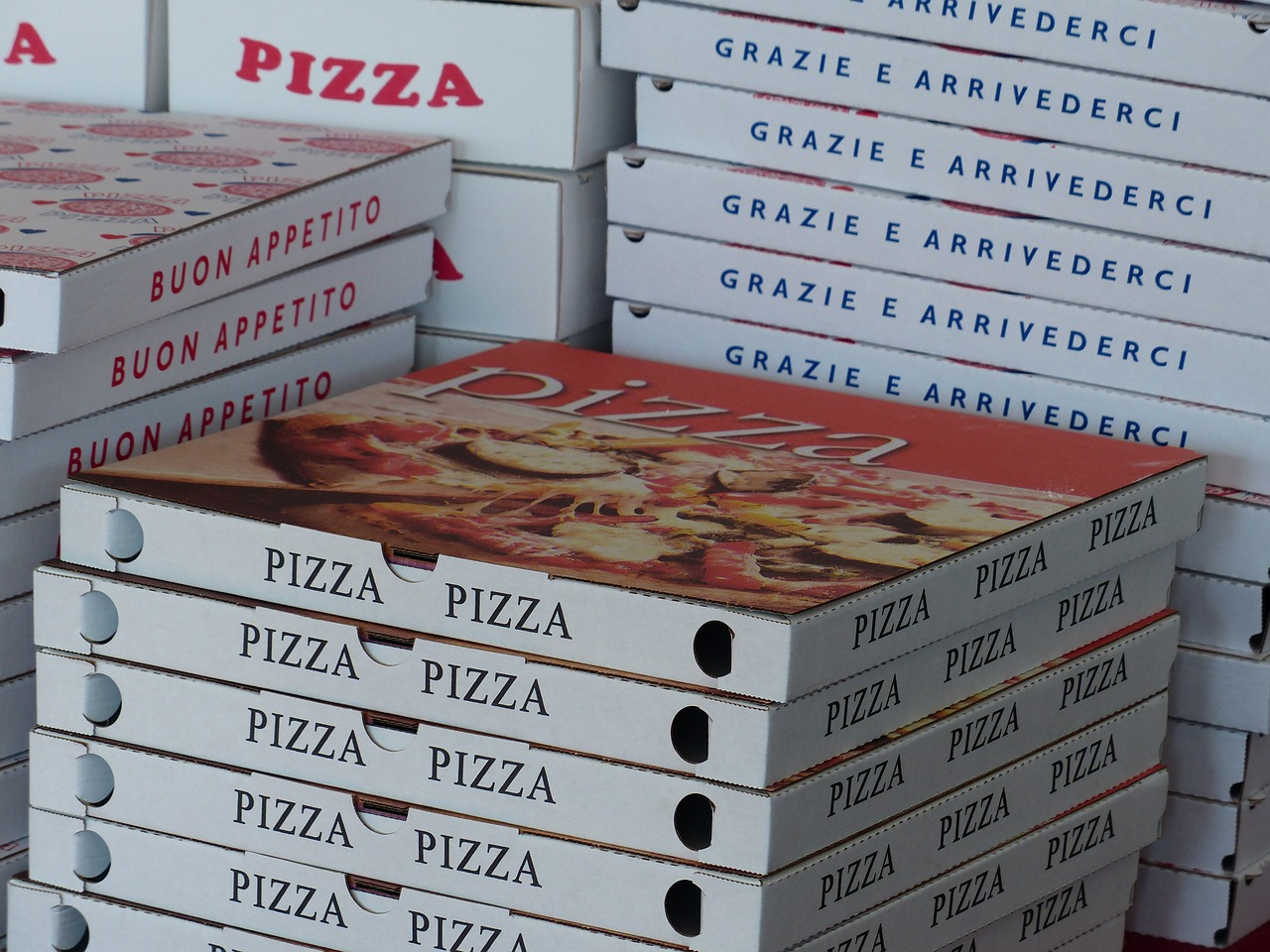Ronald Reagan famously remarked that “the most terrifying words in the English language are, ‘I’m from the government and I’m here to help.’”
Eater San Francisco reports that the City by the Bay “became the first city in the country to pass a permanent cap on the fees that delivery apps are allowed to charge restaurants, following a unanimous vote by the San Francisco Board of Supervisors.”
The San Francisco Chronicle reports that the resolution “permanently caps food delivery fee commissions at 15 percent per order” and that a temporary cap has been in place since April 2020.
Restaurants have a love-hate relationship with food delivery services. During the Covid-19 pandemic, they helped keep many restaurants afloat by boosting deliveries. But restaurants continually complain about expensive fees charged – which run as high as 30 percent according to Eater.
Food delivery fees are expensive, but customers are paying for the convenience of having someone deliver their meals, and restaurants are paying for app-based services hiring and screening delivery delivery workers. Recently, I paid $27.70 to have lunch delivered by an app-based service. The bill would have been $14.40 if I picked it up. But it was worth it to me to have lunch delivered on a day when I couldn’t get out.
San Francisco city officials and other government leaders may think that they’re helping “the little guy” with their actions. But their well-intended actions will likely only hurt consumers.
One reason we’re paying so much in the first place is thanks to government policy. Personifying Ronald Reagan’s famous warning, price controls will raise consumer costs. Whether in health care, business, or anywhere else in the economy, price controls typically lead to higher prices and fewer choices.
Kerry Jackson wrote late last year about California app-based delivery firms increasing their delivery fees, placing the blame on “the lawmakers who voted for Assembly Bill 5, the legislation that forced the rideshare companies to put Proposition 22 on the ballot to protect their businesses.” The measure allows the firms to charge a “California Driver Benefits Fee” to cover higher wage and benefit costs resulting from the measure.
The Wall Street Journal reports that “in Philadelphia, where the city capped the amount apps can charge restaurants during the health crisis, DoorDash is charging a ‘regulatory response fee.’”
Chamber of Progress, which describes itself as a “center-left industry coalition . . . commit(ed) to a progressive society, economy and workforce,” argues that the fee cap “may have offered some relief to restaurants in challenging times, but it also made it more expensive for San Francisco families who were trying to support local restaurants,” who ended up paying the brunt of the higher delivery prices.
The caps don’t really help restaurants, either. Dr. Ike Brannon, economist and senior fellow with the Jack Kemp Foundation, wrote supervisors that, “the added fee charged in most markets with a restaurant price cap reduces demand for food delivery, and takeout sales have fallen where these fees are imposed.”
“These caps in no way help restaurants,” Brannon concludes, as “ephemerally increasing their net margins while reducing demand is not a tradeoff that benefits them, and they don’t need a government to do this for them – they could do it themselves by raising their prices on takeout food.”
Sacramento, not surprisingly, tried to get in the act with legislation to impose a permanent statewide cap on food delivery fees with Assembly Bill 286 (Gonzalez). According to Restaurant Dive, the bill was amended to instead provide itemized cost breakdowns to customers and restaurants.
That’s a much better approach that San Francisco and other cities should consider. More transparency lets customers make a fully informed decision whether using the food delivery app or picking up the order themselves for free is a better deal for them. Many may ultimately decide to skip the hassle altogether, make a sandwich a home, and save a few dollars.
Tim Anaya is the Pacific Research Institute’s senior director of communications and the Sacramento Office.

